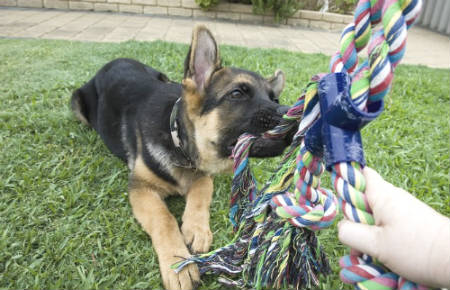Detition in dogs: When do dog teeth come out?
Puppies and dentition process
Like any mammal and carnivore, dogs cross the dentition process for food, part of the livelihood of animal life. At the time of birth the puppies lack teeth, this is because they do not need them because their initial diet is breast milk. During the weaning process, The first teeth begin to appear to be used as a tool that allows them to crush food when they start a solid diet.What is the dentition period in puppies?
As with human babies, puppies have the need to bite everything, since they have sensitivity in gums and anxiety to release their new cutting tools. Dog dentition is a process that occurs in two stages General: First the output of the milk teeth occurs and, subsequently, these are replaced by the definitive ones on the path of the puppy to adulthood. From the 15 days of birth The teeth begin to come out in the dogs. The sequence can vary a bit due to the breed and some other conditions, but in general the process is fulfilled as follows:- Around day 15 Fangs appear superiors and by day 20 the lower. In a period of 15 days the rest of the pieces that make up their teeth will have appeared.
- Once all their teeth have made their appearance, They will have a total of 28 to 32 dental pieces, depending on the race. This eruption begins to happen at the end of the first month of life.
- Milk teeth remain until they are progressively replaced by the final After the puppies turn 3 months of life.
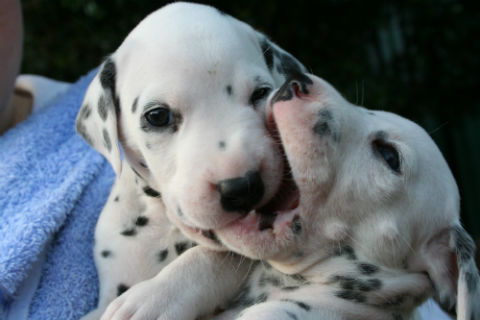
How to help you during the process?
If you have already had a puppy, you have surely noticed that even if they don't have teeth, they already want to bite everything in their path. And like a child, Dog gums are sensitive during the process Of the appearance of the teeth, therefore, they will be much more desperate to calm the sensation and will bite it. So it is necessary to provide them with a toy to bite and take the opportunity to teach that it is not correct to bite people and objects other than their toys. If you want more information on the care of puppies from other races, you can check it here: train dog Bobtail and care of Bullmastiff.At what age do dogs change?
After they turn three and a half months of life, The replacement of milk teeth begins and the first final teeth emerge. This would be the second stage of the dentition in dogs and occurs from that moment, until the CAN reaches the age of a year, which is when the dental substitution is completed. The definitive teeth are completely white and have what is known as "Flor de Lis", that is, that characteristic form of Sierra in the lower of each incisive piece. The teeth level with the use and wear. This stage occurs many times without any kind of symptom, therefore it is possible that we do not even note that it is happening.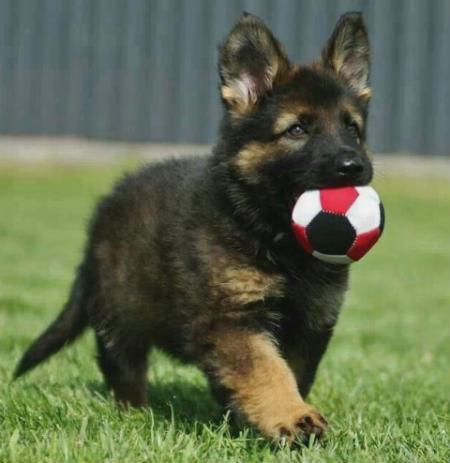
Dog teeth function
Each of the teeth has a specific form and that is because it fulfills a certain function. Hence The denture of a carnivorous animal It is far from those of those who are herbivores.- Incisive: They are located in the front of the jaw and have the function of facilitating heartbreak and puncture.
- Canines: They serve to tear and puncture. They are located behind the incisors.
- Premolars: They collaborate in the cutting process.
- Molars: In dog dentition they appear in advance to adulthood and its function is that of moles and crush food.
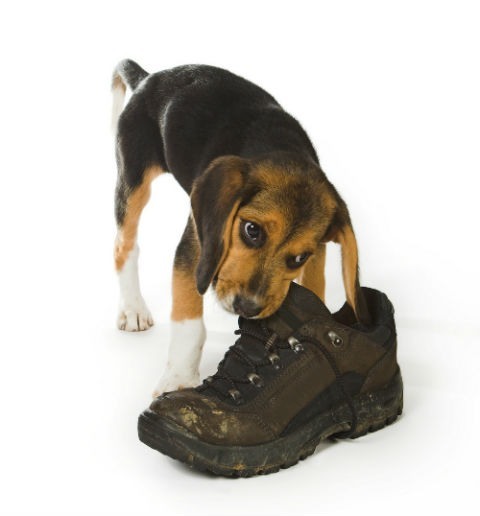
Importance of caring for canine denture
The Dimenition in dogs is an important matter, as well as the general care of canine teeth. Once the dog performs the change of teeth definitively, he will have these teeth for the rest of life, therefore we must help you take care of them. For this, it is necessary to establish a very simple oral care routine and follow some tips:- Prevents your dog from playing with stones, since his teeth unnecessarily wear out.
- They foresee the tartar Brushing your teeth eventually.
- I use dental snaks during their workouts to help you Clean your tartar mouth and at the same time reward your behavior.
- Offer one balanced diet based on feed specially designed for their size, race and age.
- Go to the veterinarian annually, and during the consultation you can tell you how solve any oral problem as inflamed gums or excess tartar in the teeth.
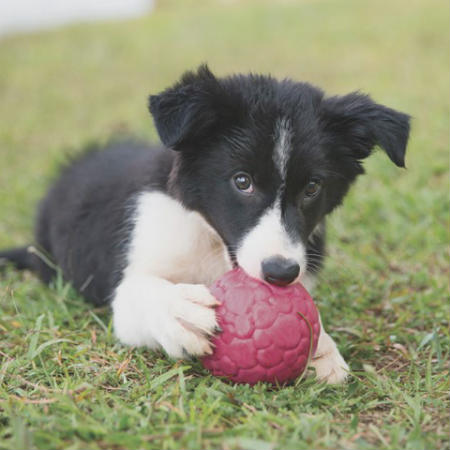
Share


